A bunch of muscle heads pumping iron and grunting at the gym – is this a picture painted in your head when you hear the word “bodybuilding”? You are not alone! As a world-class branding expert, it is part of my job to address cultural misconceptions topped with negative consumer sentiment, so here is my story of becoming a Fitness Coach with a Master’s Degree in Design and a Bachelor’s Degree in Engineering who approaches bodybuilding from the theoretical design perspective.
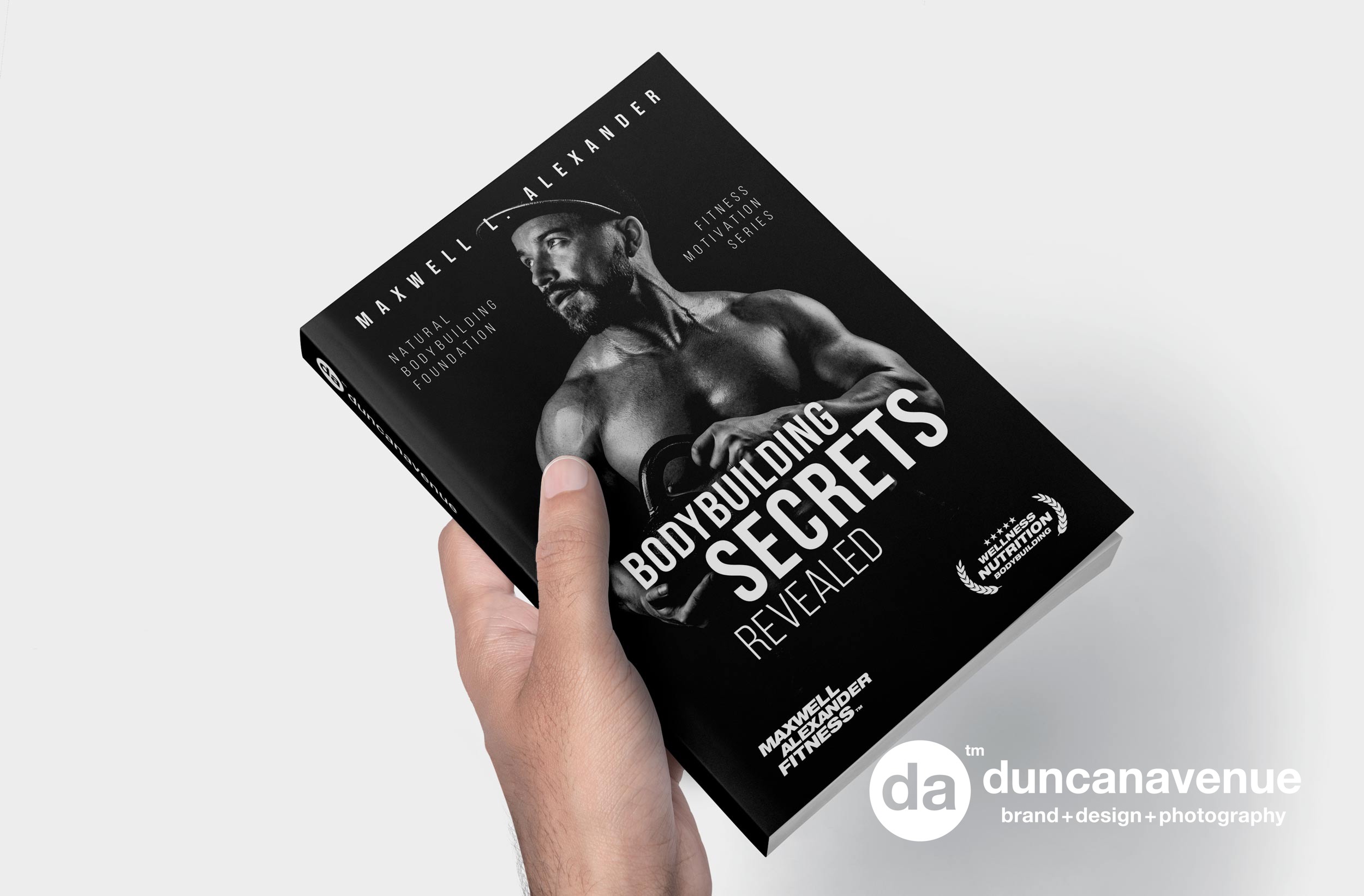
About 16 years ago I landed in JFK with just a carry-on backpack and less than $200 in my pocket. It was the end of June and the sliding door at Terminal 7 has opened blowing me away with the hot and humid New York City air. It felt quite different from the crisp and dry continental Siberian air that ventilated my lungs for the previous 20 years. Immediately I pulled out a pack of my cigarettes and tested out how it smokes in such a hot and humid environment. It was alright I guess. For a skinny 20-year-old, I probably smoked and drank way too much, a pack of cigarettes per day and a bottle of vodka every other day to be exact. But, hey, it was the norm back in Russia, so no regrets here 🙂
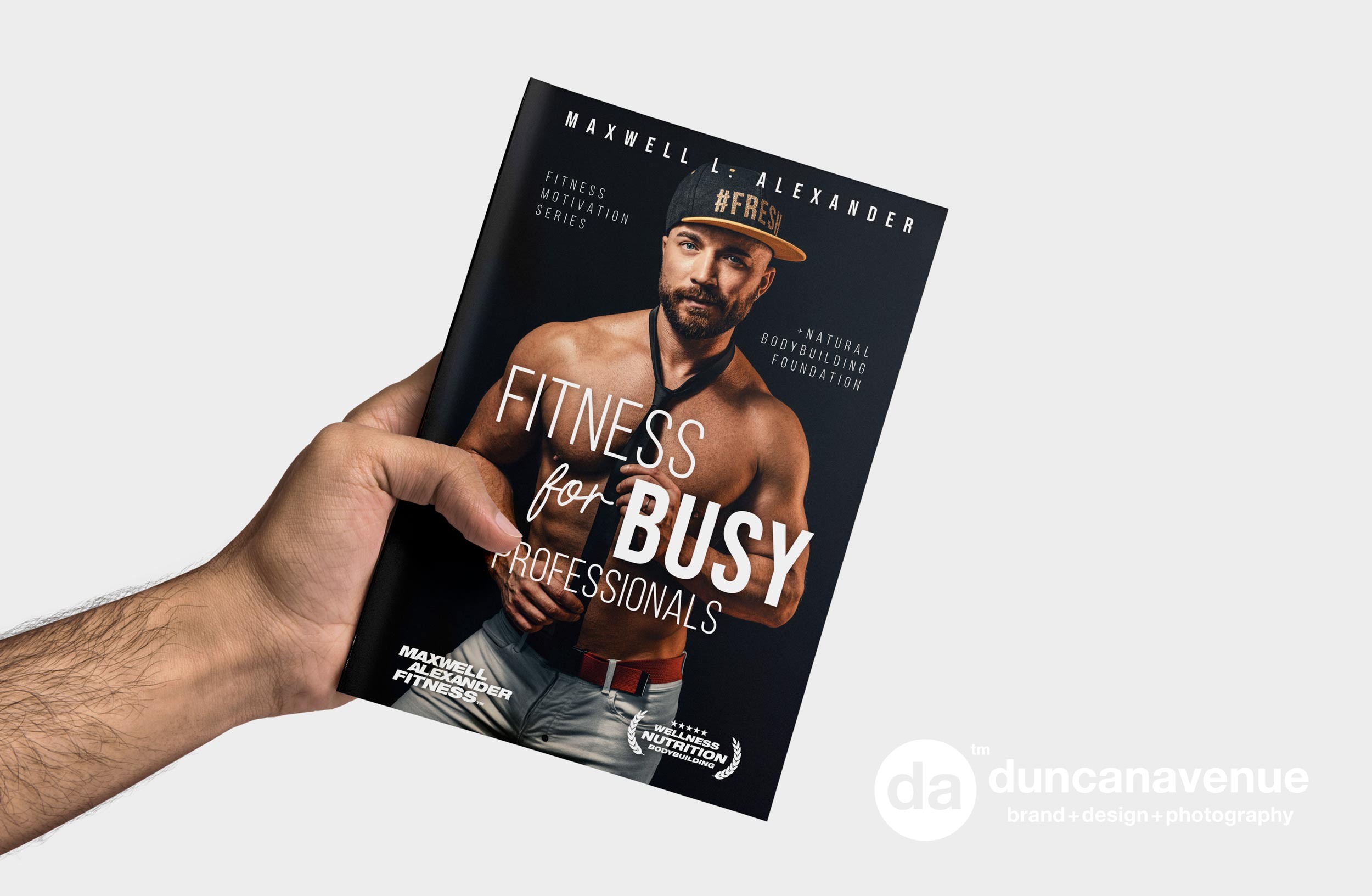
Thanks to my hardworking genes and surprisingly good quality engineering education (that I’ve got while partying myself through college back in Siberia), I was able to make it well in the Capital of the World and achieved my childhood dream of being a Graphic Designer and working on a top floor in a skyscraper on Park Avenue. It was around that time when I was already doing a full-time undergraduate design program at the School of Visual Arts on top of 3 jobs that helped me pay for it, I somehow joined Bally Fitness in Brooklyn. Perhaps I had a huge hangover that day because I’ve never seen myself being interested in any sort of sports activities. I still was scarred by the humiliation of not being able to meet physical education norms due to the fact that I started school 2 years earlier than my peers, so those norms were a couple of years ahead of my developing body. But, well, that’s the beauty and the curse of the Russian education system, it’s tough.
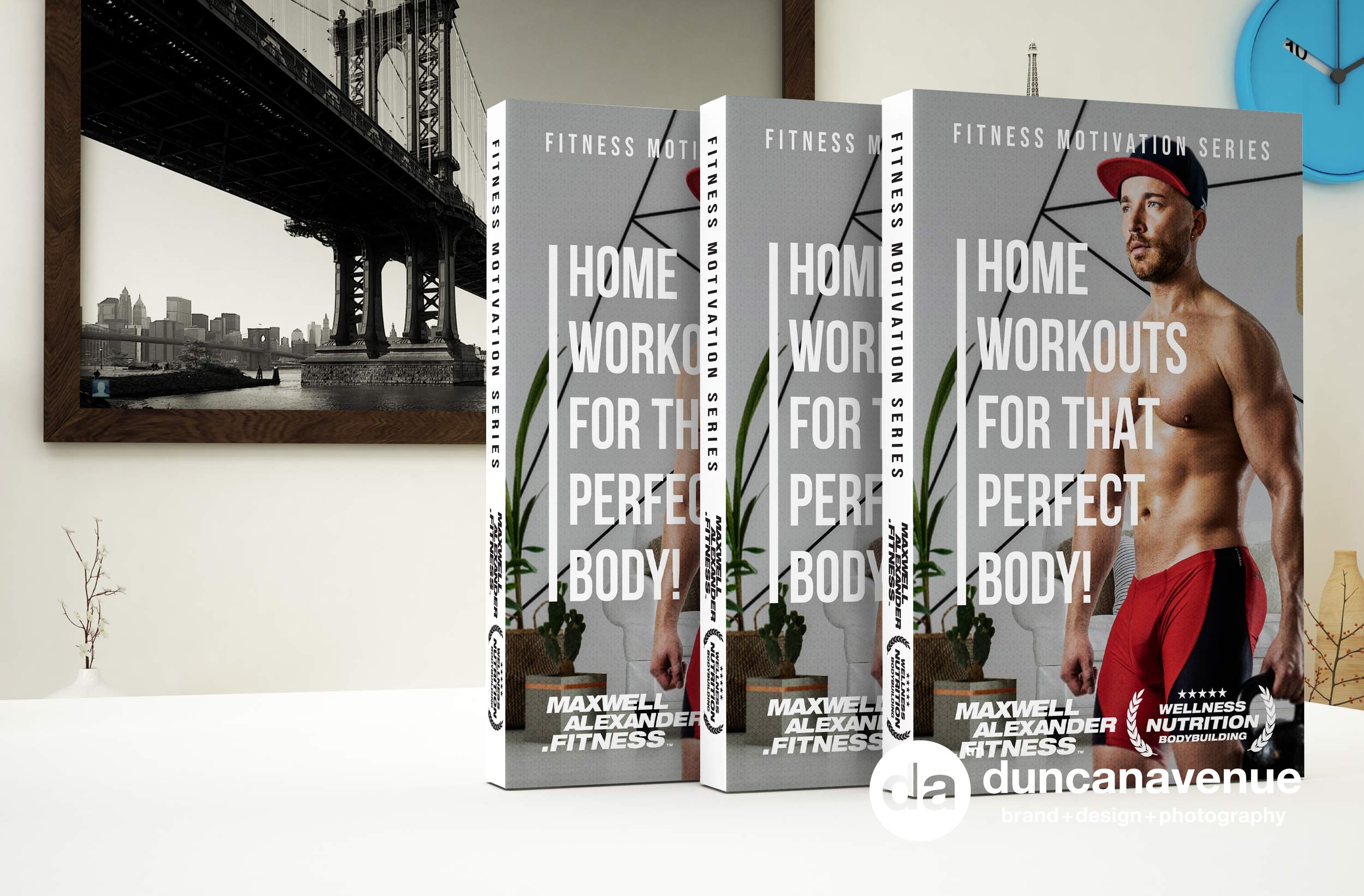
Scrolling down a decade later, I eventually replaced my smoking habit with daily workouts at the gym and at the peak of my gym-going obsession I’ve had 4 gym memberships at a time and the New York Health and Racquet Club was my favorite because they have the pool and bunch of architecturally inspiring locations around the city and the luxury yacht booze-cruises around Manhattan. The drinking was still a big part of my life, which is I still believe an important aspect when approaching your wellness goals (when used in moderation, of course).
It was the art history, painting, visual literacy and sculpture classes at SVA, plus weekly visits to the Metropolitan Museum of Art that gradually introduced me to one object that human civilization and culture at large are obviously obsessed about: the human body. The body has been around as long as human civilization was born, so as the countless paintings, sculptures, carvings, and fashion that have totally glamorized and idolized it. Ancient warfare was much about flexing actual muscles rather than a non-contact fight. The body was not just a cultural object of admiration, but also a valuable weapon.
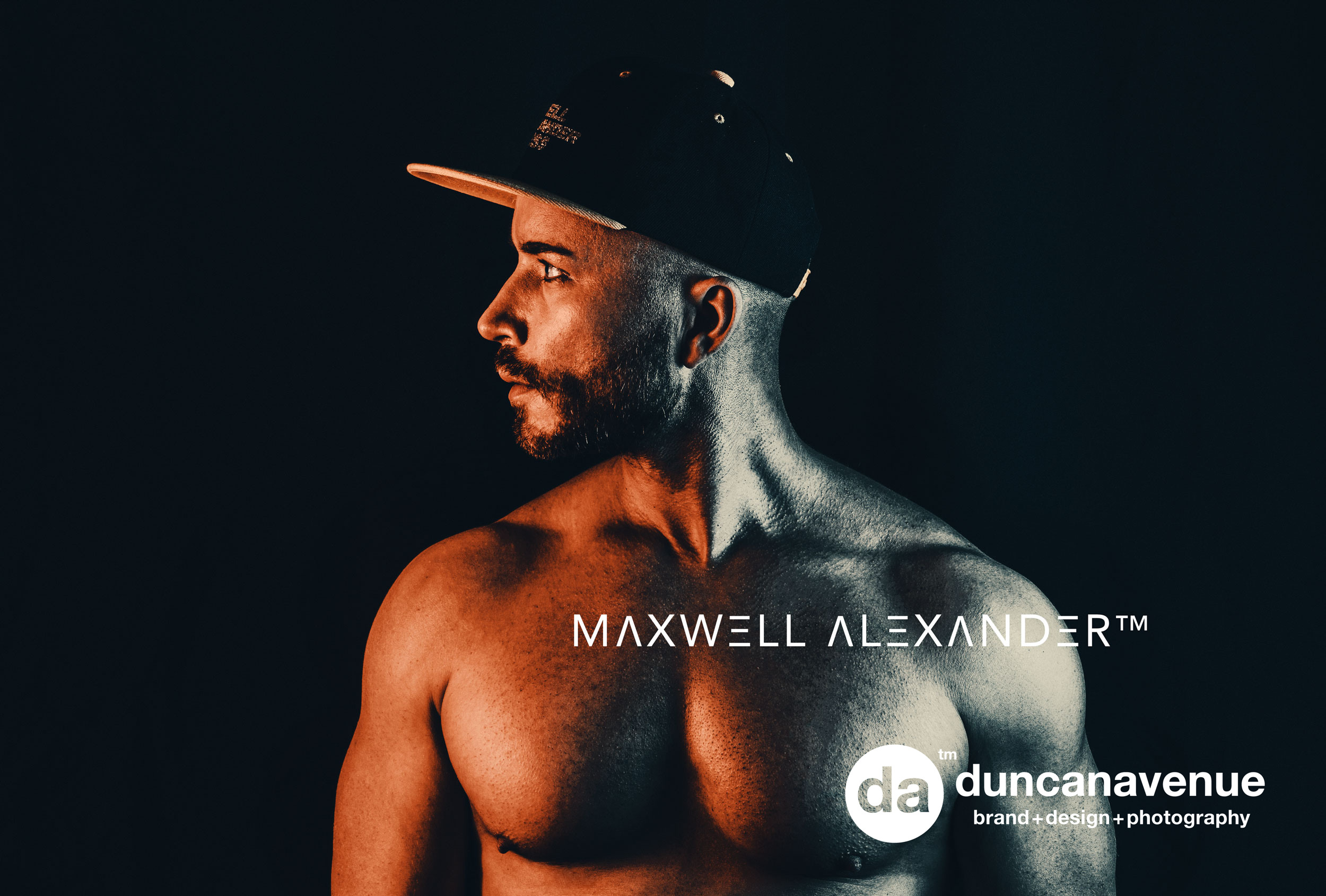
Greeks took it to the whole new level with basically equating the perfect human body and their gods. The origin of the Olympic Games, for the most part, was about bodybuilding in its contemporary definition. And of course, the aesthetics of the ideal human silhouette were largely affected by greeks, giving us a beacon of beauty and perfection to move towards.
It wasn’t until my Graduate Experience Design Program at the Fashion Institute of Technology and by then a decade working at IEEE (The world’s largest professional association for the advancement of technology), when I started connecting the dots between technology, science, culture, and bodybuilding (and the concept of the ideal human body). Witnessing the birth of the communication, imaging and visualization technologies, social media and artificial intelligence at IEEE allowed me to start thinking about the Cosmic Intelligence of Design that I wrote a few things about. And the FIT’s Graduate Experience Design Program with its focus on the theory and psychology of Design made me think about how in fact our ideas, culture, technology and our physical bodies are interconnected on the level that we are notable comprehend to the full extent yet.
And this is where I started to see bodybuilding not only as art and science of the human body but also as a crucial discipline that might further humanity’s understanding of concepts of beauty and intelligence on the cosmic level. Although the application of these theories isn’t as deep, after working on my own “body design” project for 10 years, I am excited to finally help other people to get the designer body of their own, so now let’s get back to the good old science of bodybuilding in it’s less broad definition.
Muscle Hyperthrophy: The Science behind Muscle Growth
The sliding filament theory explains the mechanism of muscle contraction via the process of actin and myosin filaments sliding over each other resulting in a shortening of the motor unit and the muscle overall.
While sliding filament theory explains fiber contraction, the size principle of motor unit recruitment states that motor units will be recruited in order of size: smaller units that produce smaller force, but resistant to fatigue go first, and when intensity increases additional larger units get activated to produce more action.
The all or none theory is important in explaining two of the above theories while stating that a single motor unit can only be in two states: completely relaxed or fully contracted and therefore the action produced by a muscle is based on the number and sequencing of single motor units and not a degree of a single unit response.
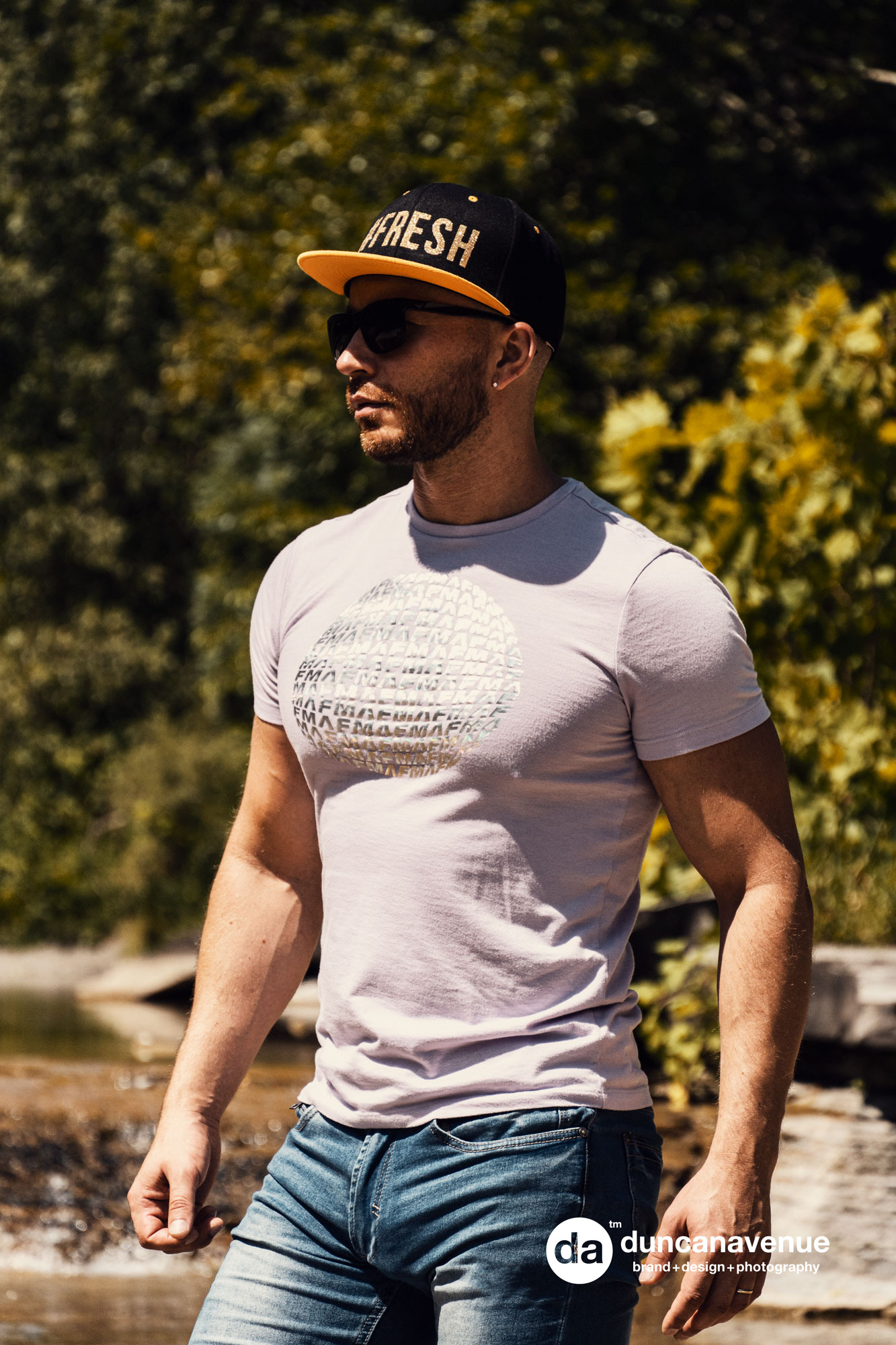
Understanding of these three principles is crucial when training and coaching a bodybuilder because the information isn’t obviously apparent to a person who might think they know their body well. Being aware of the mechanics inside of the muscle and the way a motor response is generated is specifically important to bodybuilders because of their muscle hypertrophy goals and the end result depends on how well one leverages the effect of the above theories on muscle growth.
The application of these theories in bodybuilding training comes down to developing training techniques that maximize muscle hypertrophy by engaging the maximum number of muscle motor units through variation in load, intensity, speed, volume, and direction of exercises. For example, training the same muscle group using the same weight, but different angles will engage more motor units than repeating an exercise with the same angle. Or performing heavy loaded compound movements will engage and exercise a much broader number of units, as opposed to light, aerobic activity.
The Six Core Lifts: Foundation of the Life-Long Bodybuilding Journey
The six core lifts including squats, overhead press, chin-ups, bench press, deadlifts, and bar dips are compound movements that cover the engagement of virtually all skeletal muscles which is important for developing strong and symmetrical physique. My Bodybuilding Certification Course (International Sports Sciences Association) was written by Josh Bryant who feels that these core movements should be a foundation of a bodybuilder’s program because all together they cause balanced muscular and neurological adaptation while promoting sustained growth.
The advantage of the core compound lifts is in their ability to affect the entire musculoskeletal system which promotes developing not only the skeletal muscular tissue but also improvement and strengthening of joints and ligaments according to the larger demands. All together these adaptations create a stronger and more efficient system capable of achieving better bodybuilding results while minimizing injuries and pain that comes with intense fitness training such as bodybuilding. Additionally, these core lifts cause much higher anabolic hormonal response including the growth hormone and testosterone, as opposed to isolated moves, therefore, they are much more effective in achieving muscle hypertrophy goals.
Josh Bryant, award-winning bodybuilder, who trains some of the world’s muscular and strongest athletes, had a big influence on my own understanding of bodybuilding techniques and therefore placing core lifts at the foundation of a training program for bodybuilders has become the most important aspect of my programs as well. I believe that bodybuilding is a journey and not a destination and therefore a balanced approach that is based on a strong foundation is the key to keep the ball rolling in the long run, without sacrificing physical and mental health for short and unsustainable goals. Core compound lifts, when performed and programmed properly, are proven to deliver the results in a safe and sustainable manner and help bodybuilders to achieve the winning physique and other personal goals at the same time.
Bodybuilding program design and three factors essential to optimizing muscle growth
Hypertrophy or muscle growth through a growth in the size of its component cells happens because of the three factors including mechanical tension, muscle damage, and metabolic stress according to Brad Schoenfeld who wrote for the Journal of Strength and Conditioning Research. While muscle damage has a delayed effect on muscle hypertrophy (approximately 24 hours after strength and resistance exercise), metabolic stress caused by anabolic metabolism induces hypertrophy right after resistance training with peak protein consumption around 30 minutes after the workout.
Heavy resistance training is the most beneficial method to achieve muscle hypertrophy (due to its effect on the Type II fibers), which was confirmed by research. However, when designing an effective training program for a bodybuilder, several steps must be taken to maximize hypertrophy in a safer and responsible manner.
World-Class bodybuilder Ronnie Coleman recommends starting with a good powerlifting base with heavy core lifts. The powerlifting approach involves lifting maximum heavy loads with a small number of reps and causes myofibrillar hypertrophy that gives that dense look to those athletes who focus on powerlifting. Core lifts create a stable foundation and strengthen the entire musculoskeletal system that will become ready for the next step in maximizing muscle hypertrophy: Sarcoplasmic hypertrophy which accumulation of the non contractile matter in muscle cells. It is the sarcoplasmic hypertrophy that helps bodybuilders to achieve their aesthetic goals and shape the muscles in the desired way. Sarcoplasmic hypertrophy is caused by high-volume resistance training with a higher number of reps that create the pump effect. Additionally, training for sarcoplasmic hypertrophy helps to improve and strengthen connective tissue like ligaments and tendons while stimulating joints and causing the hormonal response that is necessary for the optimal muscle hypertrophy.
Periodization is one of the most important aspects of bodybuilding programming and affects the muscle gains, ability to recover, and the mental state of an athlete.
The main reason periodization became an essential part of bodybuilding is its effect on achieving muscle hypertrophy goals. Periodization means constantly changing workout patterns (volume, load, intensity, angles) and that in return leads to continuous muscle growth, given that appropriate nutrition and supplementation are in place.
In my opinion, flexible nonlinear periodization is one of the best ways to about optimizing bodybuilder’s physique because of several reasons. First of all, nonlinear periodization is proven to have a great effect on muscle hypertrophy by constantly changing training patterns, plus from my experience, it is also a much more sustainable way to train from the mental perspective. Getting bored with the same all routine could lead to a lack of motivation and low energy and that will never produce great hypertrophy results.
Additionally, the flexibility component in the flexible nonlinear periodization approach allows adjusting each training session based on the readiness of the athlete, therefore potential injuries and overtraining could be minimized. It seems that this approach is more natural and takes into account the wellbeing of the bodybuilder rather than forcing a workout that could be way too much, or too little in fact. Plus having the athlete feeling like he or she is in control of the process by having a choice and variety of intensity and volume of training, they would be more confident and empowered to push further and harder. Positive psychology is applicable in bodybuilding like nowhere else and it is my goal to put to good use.
Recovery Phase is when the Muscle Hypertrophy (Muscle Growth) happens, therefore this phase is just as important as the training itself.
Bodybuilding is a very intense sport, especially while an athlete is getting ready for a competition. Extreme motivation and pressure could push one to the edge or even beyond her or his abilities taxing heavily musculoskeletal and central nervous systems. Additionally recovery period is when muscles grow and because muscle hypertrophy is the goal in bodybuilding, the recovery phase is just as important as training and has to be taken seriously.
The recovery process is not the same for everyone and is largely affected by bodybuilder’s genetics. There are three types of genetic makeup that define a person’s body type. Ectomorphs are lean and tall, at the same time, it is difficult for them to build muscle mass. Endomorphs are big and naturally have a much higher percentage of body fat. Their metabolism is also slower, therefore, their bodies have a tendency to store body fat. Mesomorphs are naturally muscular and fit. Their metabolism is high and muscle cells respond well to training and grow much faster than two other genetic types.
Another factor that can affect the recovery period is the intensity of a workout. More intense high volume loads will take longer to recover from, as opposed to lighter intensity levels.
Environmental and psychological stressors, even outside of the gym, should also be accounted for, as they affect the athlete’s mental state and thus can cause fatigue and inadequate recovery after training.
We are what we eat and this is one of the most important concepts to take into account during a recovery phase: an appropriate amount of whey protein is required within the first 30 minutes after the workout, to maximize the absorption of protein and muscle growth. In the hours after the workout, additional supplements, such as amino acids could be used to further optimize the recovery from the nutrition standpoint.
Mild stretching, massage and foam rollers will increase the blood flow and can help to flush post-workout toxins from the muscle which in return will improve the recovery.
And the last. but not least is the mental aspect of recovery: vigorous exercise causes as much psychological stress on the CNS as physical stress on the body, therefore mental recovery techniques such as meditation, visualization or simply listening to relaxing classical music can help to restore the mental balance.
Some bodybuilders might choose active recovery when they will decrease the volume and intensity of the exercise allowing the body to recover while still being productive and burning more calories. This approach could be great during the cutting cycle when fat loss is a priority.





